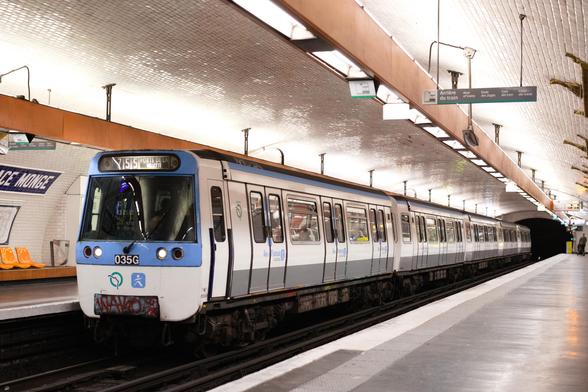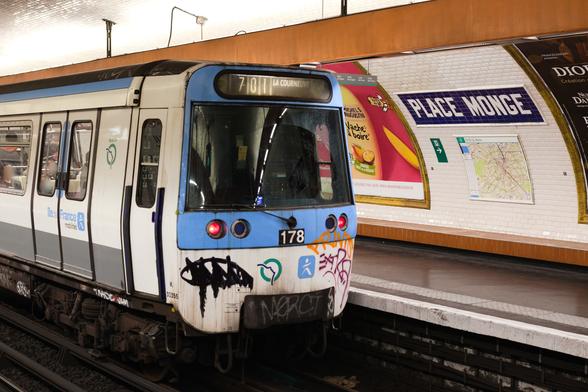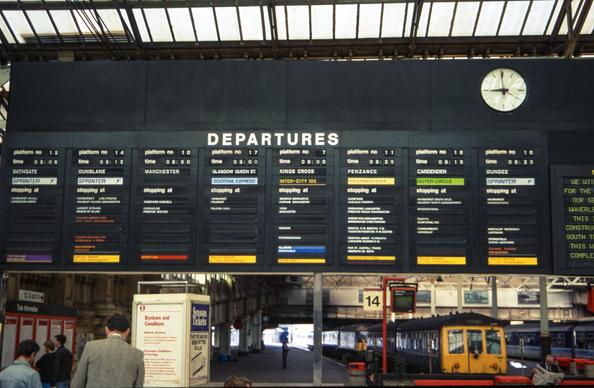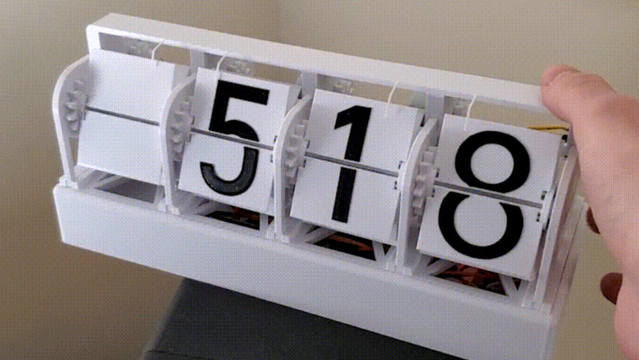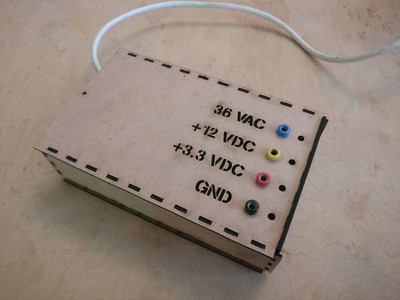#SplitFlap
#splitflap #splitflapdisplay #prototype #installationart #soundart #maxmsp #nodejs
Before we moved, we hosted a reasonably frequent board game night (and as @Astarael and @SynAck can attest, we still find a way to host game nights out and about here and there).
Ever since I saw the shiny brand-new split-flap displays from places like Oat Foundry or Vestaboard, I've really wanted to buy one and set it up in the area we usually play board games in as a sort of player-score-tracker. Maybe tied to some little tabletop doodads for players to update the board.
Thing is, those boards are ridiculously expensive. AFAICT they're high-quality low-volume items that take a lot of human effort to make, so, fair enough, but it does mean I can't really justify spending cash on it.
However, by a considerably lucky twist of fate, I've come to own a very nice 3D printer recently at no cost to myself. And that's cool.
But then, TODAY! This found its way to my device: https://splitflap.home.blog/. An open-source project to make your own split-flap modules and displays!.
There may be a new project shortly in the works.
If you came by the @c3nav table at #EH21 and saw our #SplitFlap display and we told you that we had made some modifications to the original Designs…
I just published the modifications i made.
Modified STLs for better alignment and, if desired, extendability: https://www.printables.com/de/model/847231-extension-parts-and-alignment-notch-mod-for-split
Improved drop-in replacement for the PCB:
https://github.com/codingcatgirl/split-flap-fae-pcb
Now all that's missing is for @scientress to publish her modification of the firmware :D
can anyone make me one of these for $500 😂 #splitFlap
I love Solari boards – the clickety-clackety electro-mechanical split-flap displays that were used as departure boards in railway stations before they were replaced by electronic versions ☺️
It would be fun to have an old one, but I suspect they’re extremely hard to come by – I’ve certainly never seen them popping up on eBay!
So I was pleasantly surprised to discover that a US company, Oat Foundry, makes character-by-character split-flap displays to order (not quite the same, but still fun): https://www.oatfoundry.com/split-flap/
Very cool, but how much are they? Well, let’s just say you can *rent* their smallest one (3 rows of 16 characters) for a *week* for as little as $7400 😱
That makes their competitor’s Vestaboard (6 rows of 22 characters) a complete steal at £3095 – to own outright no less (!): https://uk.vestaboard.com/products/vestaboard
The basic principle of split-flap displays is well explained in this three-and-a-half-minute video – you can see why they don’t come cheap: https://www.youtube.com/watch?v=UAQJJAQSg_g
For people with the right equipment (3D printers, soldering kit etc.) and corresponding skills, there are lots of DIY instructions for making split-flap displays – way beyond my level sadly!
📷 Departure board at Edinburgh Waverley 1989, by Graeme Phillips, graeme9022 on Flickr
#Solari #SplitFlap #railways #DepartureBoards #displays #electromechanical
Noch keine 66, aber immerhin schon mal 2. @ccchh #splitflap #flipflap @Hammi
How to build your own split flap board. :-) #SplitFlap
https://www.youtube.com/watch?v=V4WQftf1Qio
Testing table with Sidi hot swapping modules.
#splitflap
#realtime
#omega
Split-flap throwback: “Sei lettere” (Six Letters) displays ALL six-letter words of the Italian dictionary sorted to produce the “least effort” (in split-flap motor action terms, similar to “Hamming distance” but distance is measured only in one direction).
Split Flap Display Tells Us The Word
LED and LCD displays are a technological marvel. They've brought the price of televisions and monitors down to unheard-of levels since the days of CRTs, but this upside arguably comes with an aesthetic cost. When everything is covered in bland computer screens, the world tends to look a lot more monotonous. Not so several decades ago when there were many sharply contrasting ways of displaying information. One example of this different time comes to us by way of this split-flap display that [Erich] has been recreating.
Split-flap displays work by printing letters or numbers on a series of flaps that are attached to a spindle with a stepper motor. Each step of the motor turns the display by one character. They can be noisy and do require a large amount of maintenance compared to modern displays, but have some advantages as well. [Erich]'s version is built out of new acrylic and MDF, and uses an Arduino as the control board. A 3D printer and CNC machine keep the tolerances tight enough for the display to work smoothly and also enable him to expand the display as needed since each character display is fairly modular.
Right now, [Erich]'s display has 20 characters on two different rows and definitely brings us back to the bygone era where displays of this style would have been prominent in airports and train stations. This display uses a lot of the basics from another split flap display that we featured a few years ago but has some improvements. And, if you'd prefer restorations of old displays rather than modern incarnations, we have you covered there as well.
Thanks to [Bob] for the tip!
#arduinohacks #classichacks #3dprinter #arduino #characters #cnc #display #modular #splitflap
This DIY Split-Flap Display Does Both Time and Weather
With little more than four economical stepper motors, a Raspberry Pi Zero, and a 3D printer, [Thomas Barlow] made himself an awfully slick Smart Flip Clock that can display not only the time, but also weather data as well. This is done by adding a few extra graphics to some of the split-flaps, so numbers can also be used to indicate temperature and weather conditions succinctly. Displaying the time has to do without a colon (so 5:18 displays as 518 ), but being able to show temperature and weather conditions more than makes up for it.
32 degrees and a mix of sun and cloud
According to the project's GitHub repository, it looks as though each split-flap has thirteen unique positions. The first ten are for numerals 0 through 9, and the rest are either blank, or used to make up a few different weather icons with different combinations. A Python script runs on the Raspberry Pi and retrieves weather data from OpenWeather, and the GPIO header drives the display via four geared stepper motors and driver boards. The rest of the hardware is 3D printed, and [Thomas] helpfully provides CAD models in STEP format alongside the STL files.
The basic design of a split-flap display is really quite versatile, and enterprising hackers have been putting delightful new twists on them for years. There has been a split-flap display used as a kind of flip-book animation, and we've also had the pleasure of seeing an entire Tarot deck used for esoteric, automated readings.
#3dprinterhacks #clockhacks #raspberrypi #3dprinted #python #splitflap #splitflapdisplay #time #weather
